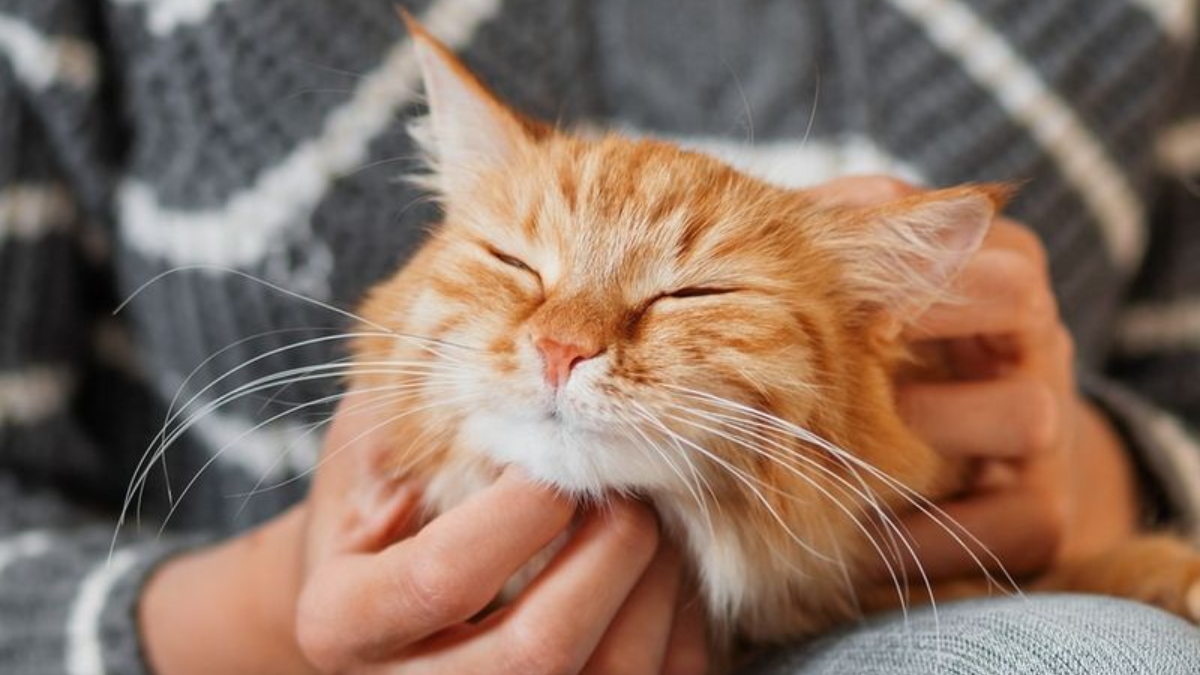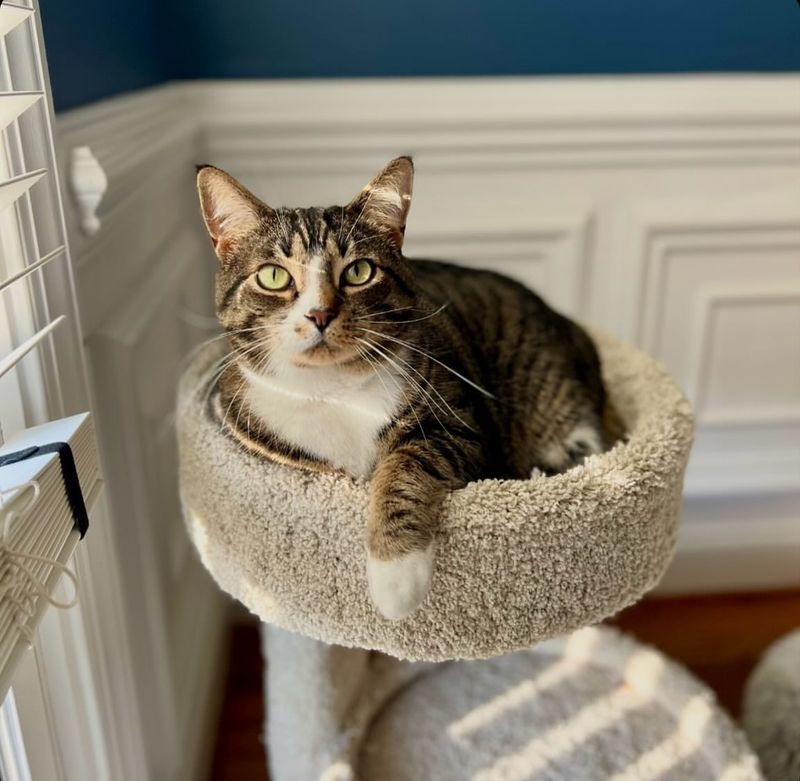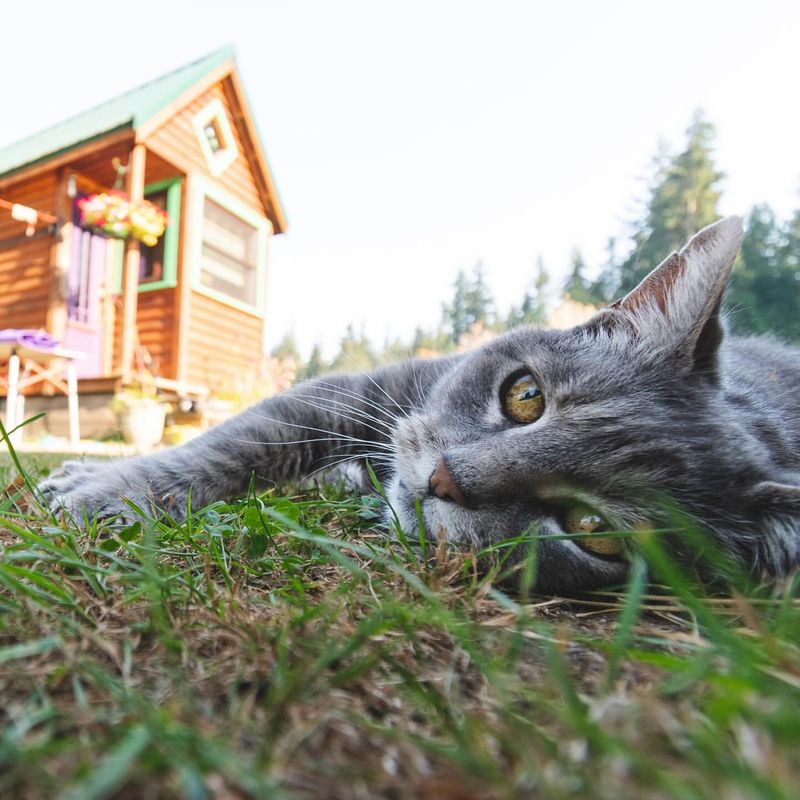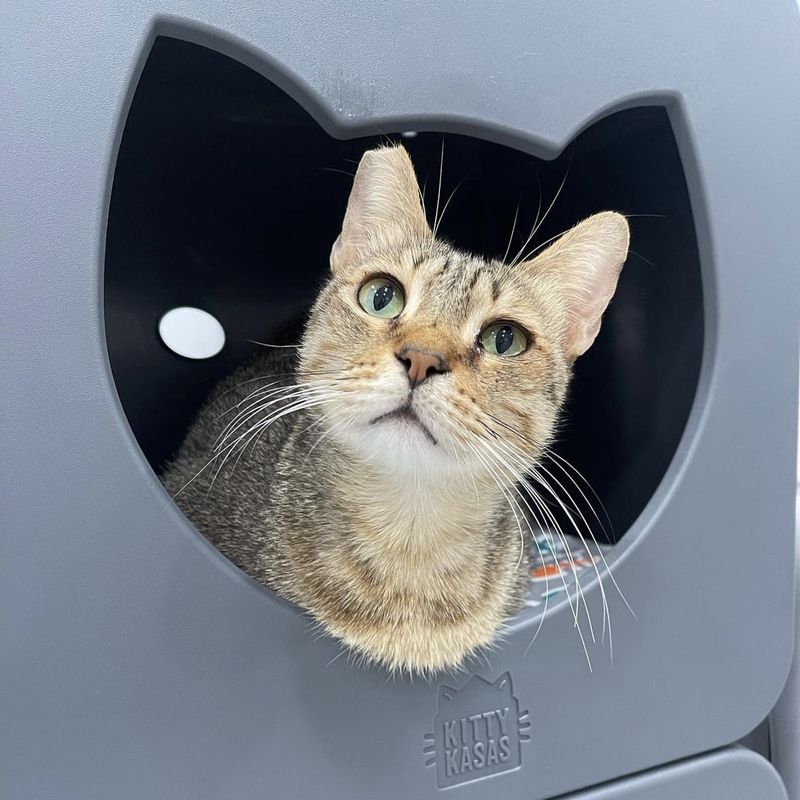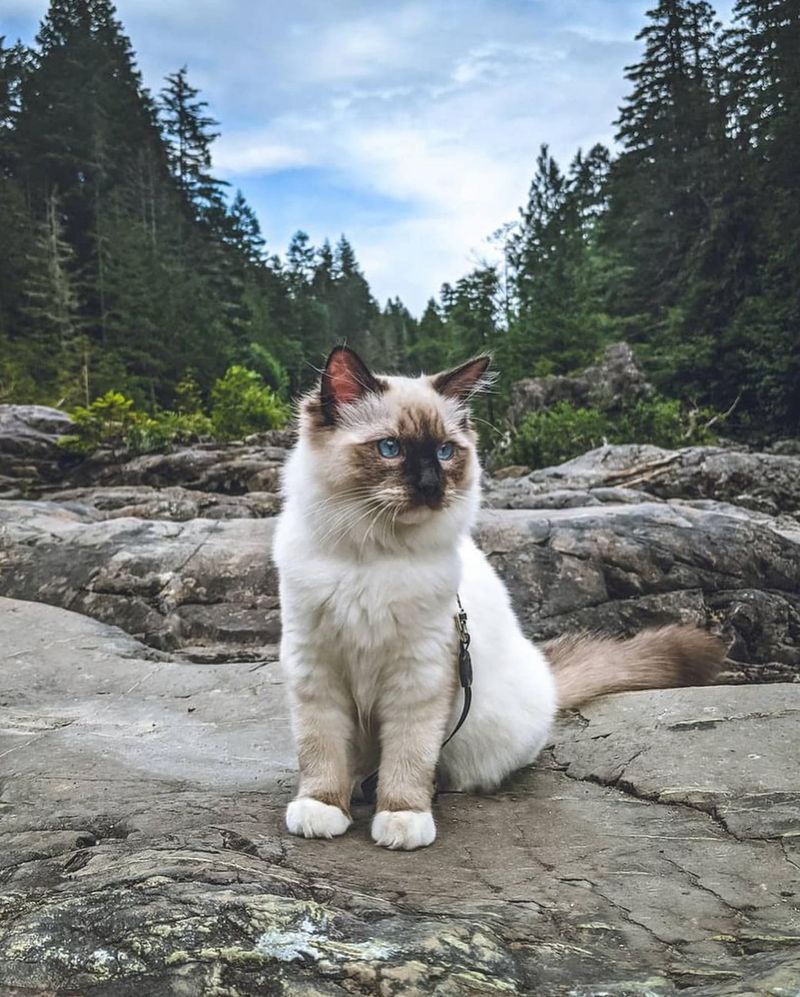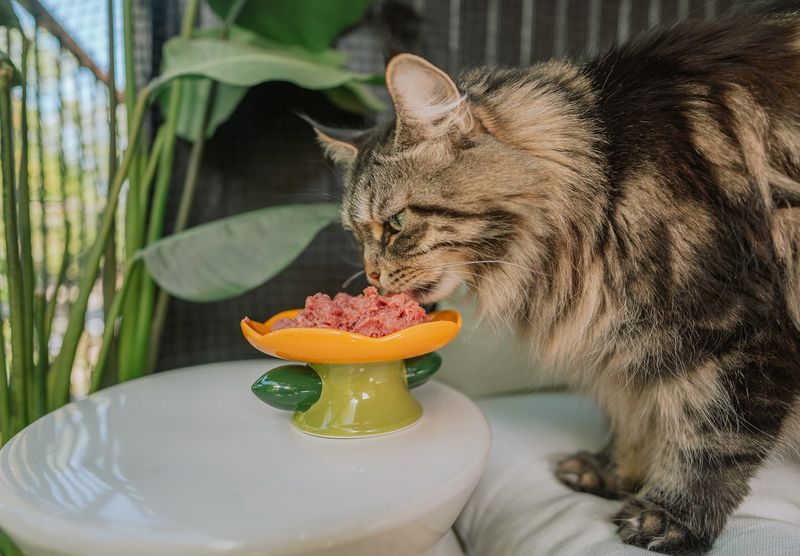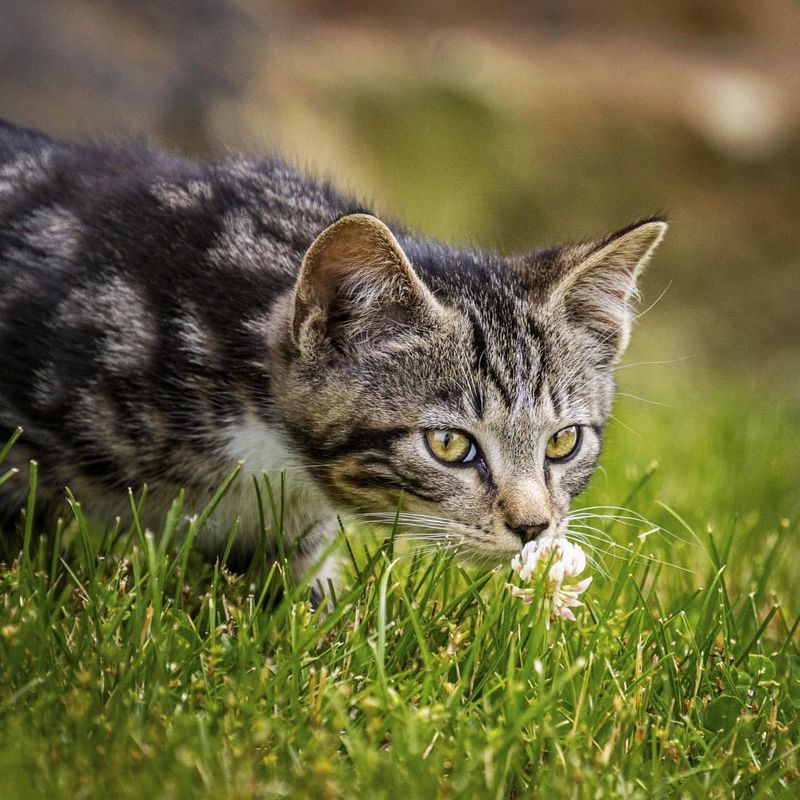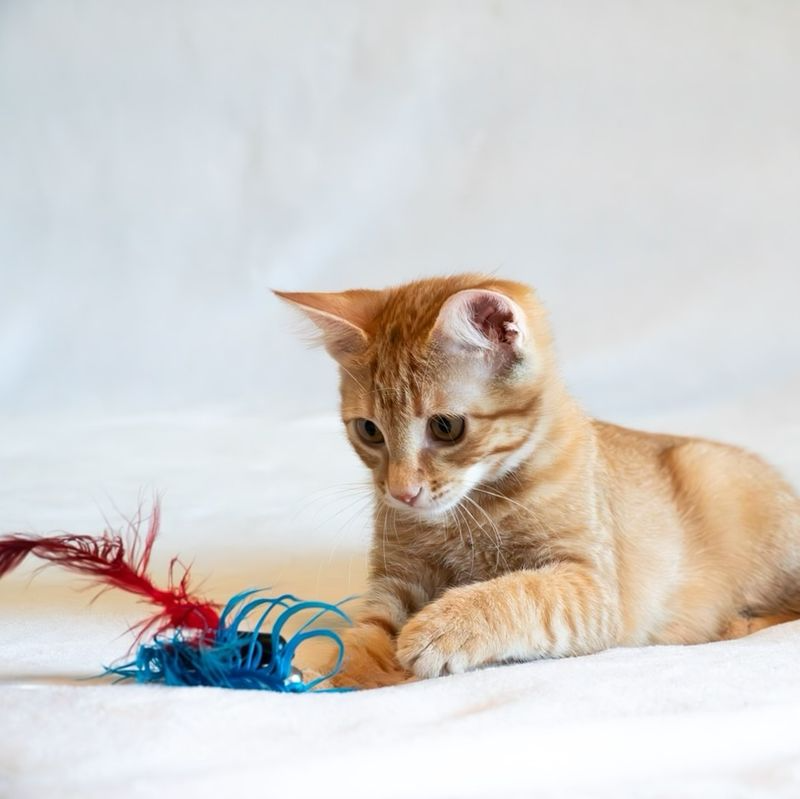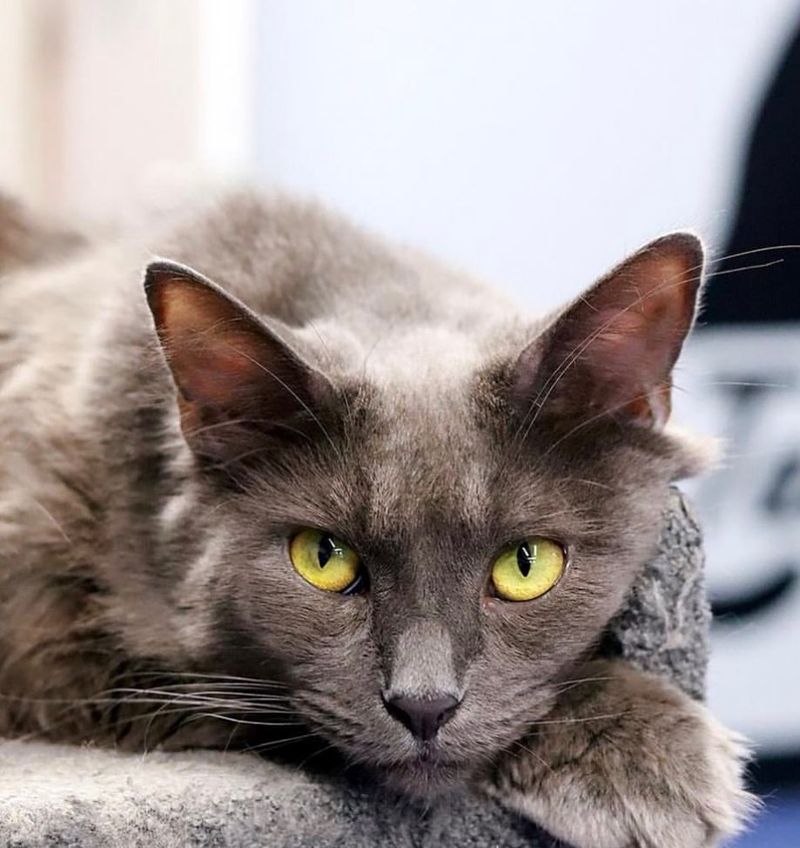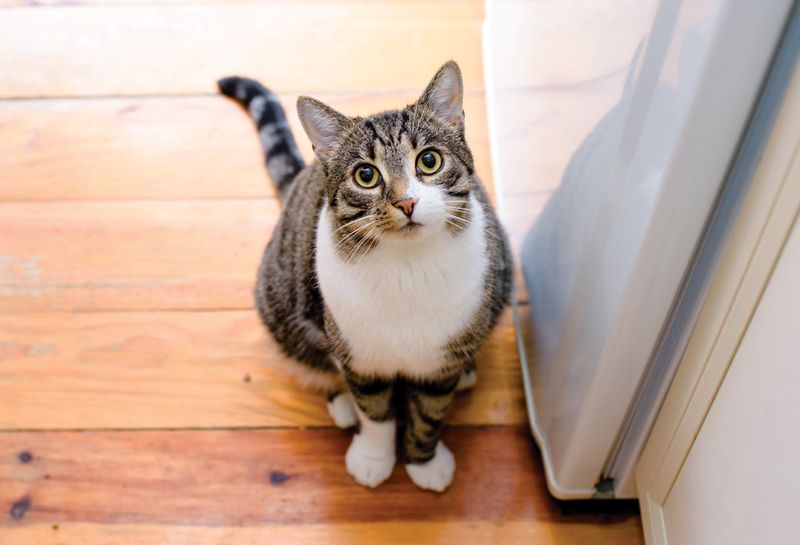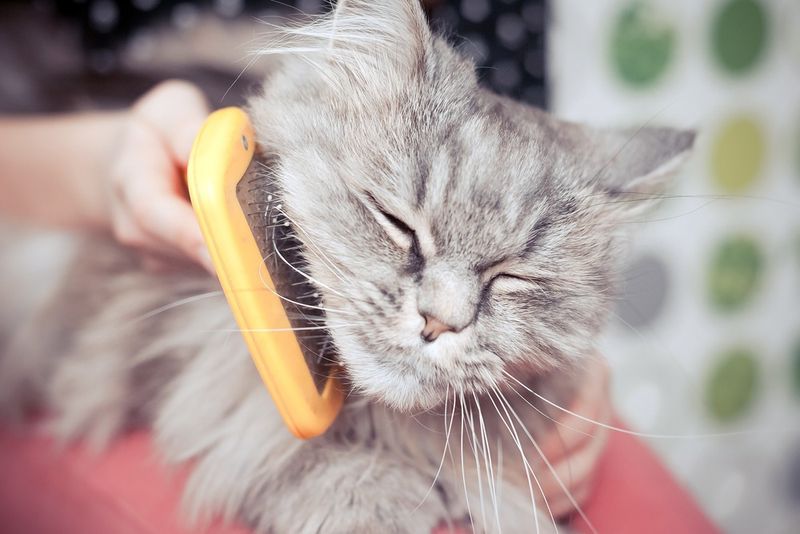📖 Table of Content:
Cats have a way of claiming our hearts, whether they’re lounging in a sunbeam on the windowsill or prowling through the neighborhood with the confidence of a tiny lion. But as a cat owner, one big question can keep you up at night: should your feline friend stay indoors or explore the great outdoors?
The debate isn’t just about personal preference—it’s about your cat’s safety, health, and happiness. Indoor and outdoor lifestyles offer distinctly different experiences for our furry companions, and as their devoted humans, it’s our job to make the best decision for them.
We’ll dive into 11 key differences between indoor and outdoor cats, covering everything from life expectancy and exercise needs to mental stimulation and potential dangers.
Whether you’ve already made your choice or you’re still on the fence, these insights will help you better understand your cat’s world—and maybe even discover a few surprises along the way.
1. Health and Longevity
Indoor cats generally have a longer lifespan compared to their outdoor counterparts. This is largely due to the reduced risk of exposure to diseases, parasites, and accidents. While outdoor cats may enjoy more freedom and exercise, they are also more likely to encounter threats such as traffic, predators, or toxic substances.
Keeping your cat indoors can significantly reduce vet bills and health-related issues. However, indoor cats need more stimulation to prevent boredom and obesity. Providing toys, climbing trees, and interactive playtime is crucial.
For those who opt for outdoor experiences, supervised outdoor time or a secure catio can offer a balance, allowing your cat to enjoy fresh air safely. Making the right choice depends on your living environment and your cat’s personality, but understanding these differences helps ensure a healthy, happy feline.
2. Behavior and Socialization
Outdoor cats tend to be more socialized, often interacting with other animals and humans. This exposure can make them more adaptable to different environments and events. However, it also increases the likelihood of conflicts or territorial disputes with other cats.
Indoor cats, on the other hand, may be more skittish when faced with new people or situations. They require more focused socialization efforts to build confidence and reduce anxiety. Engaging them in regular play and social activities at home is beneficial.
Ultimately, whether your cat is indoors or outdoors, ensuring ample opportunities for interaction can lead to a well-rounded and happy pet. Understanding your cat’s social needs and behavior patterns is key to providing the best environment for them.
3. Safety and Risks
Safety is a major concern when deciding whether your cat should stay indoors or have outdoor access. Outdoor cats face risks such as traffic accidents, encounters with aggressive animals, and exposure to harmful chemicals. These factors can drastically shorten their lifespan.
Conversely, indoor cats are less likely to encounter such dangers. Nevertheless, they can still face risks from household items like plants or chemicals. Cat-proofing your home is essential to ensure indoor safety.
Providing a safe environment, whether indoors or outdoors, is paramount. For those considering outdoor access, options like leash training or building a safe outdoor enclosure can mitigate some of these risks, offering peace of mind and protection for your feline friend.
4. Freedom and Exploration
Outdoor cats enjoy the freedom to roam and explore, satisfying their natural instincts to hunt and stalk. This freedom can lead to increased physical activity, helping maintain their fitness and mental stimulation.
However, this comes with its own set of challenges. Outdoor exploration increases the chances of getting lost, injured, or picked up by strangers. Pet owners must weigh these risks against the benefits of freedom.
Indoor cats can still enjoy exploration through safe and enriching environments. Creating climbing spaces, puzzle feeders, and interactive toys can simulate exploration’s mental and physical benefits. Striking a balance between freedom and safety is key to a happy, healthy cat.
5. Diet and Nutrition
Dietary needs may differ between indoor and outdoor cats. Outdoor cats often hunt for their food, supplementing their diet with small prey. This can provide natural sources of protein but may lack balance. Owners need to ensure their outdoor cats receive a nutritious diet.
Indoor cats depend solely on what owners provide. This requires careful consideration of calorie intake to prevent obesity. A high-quality, balanced diet tailored to their activity level is essential.
Both indoor and outdoor cats benefit from fresh water and regular feeding schedules. Monitoring their weight and adjusting their diet according to their lifestyle ensures they remain healthy. Understanding these differences helps cater to their specific nutritional needs.
6. Environmental Impact
Outdoor cats can have a significant impact on local wildlife, often hunting birds, rodents, and other small animals. This predatory behavior can disrupt local ecosystems and biodiversity.
Indoor cats have minimal impact on wildlife, as their predatory instincts are not exercised in nature. Pet owners looking to minimize their environmental footprint may prefer keeping their cats indoors.
For those who choose outdoor access, strategies like bell collars and supervised outings can help reduce the impact on wildlife. Awareness of environmental consequences is crucial for responsible pet ownership.
7. Exercise and Activity
Exercise is vital for a cat’s health, regardless of whether they are indoors or outdoors. Outdoor cats naturally engage in more physical activities, from hunting to exploring. This keeps them fit but also increases injury risks.
Indoor cats need structured play to maintain their fitness. Incorporating toys, laser pointers, and climbing structures can encourage physical activity. Regular playtime is essential to prevent obesity and ensure a happy, healthy cat.
Balancing exercise needs with safety is crucial. Understanding how to meet these needs, whether through outdoor activities or indoor play, helps maintain your cat’s wellbeing. Providing an engaging environment supports their physical and mental health.
8. Cost and Commitment
Owning an indoor or outdoor cat involves different costs and commitments. Indoor cats might incur higher expenses for enrichment activities, toys, and vet visits for preventative care.
Outdoor cats may have fewer boredom-related expenses but can lead to unpredictable costs due to injuries or health issues from outdoor risks. Owners must be prepared for such eventualities.
Considering the financial and time commitments required by each lifestyle is essential. Preparing for these responsibilities ensures that you can provide the best care for your cat, regardless of their indoor or outdoor status. Understanding these commitments helps manage expectations and resources effectively.
9. Bonding and Companionship
The bond between a cat and its owner can differ based on whether the cat is indoors or outdoors. Indoor cats often develop stronger bonds with their owners due to more frequent interactions and shared time.
Outdoor cats, while still affectionate, may be more independent, spending significant time away from home. This can lead to a different type of relationship, with more autonomous behavior.
Regardless of their living situation, nurturing the bond through quality time, affection, and understanding contributes to a fulfilling relationship. Ensuring your cat feels loved and secure is key to a strong companionship, enhancing both the owner’s and the cat’s life.
10. Training and Adaptability
A lively indoor environment can significantly enhance a cat’s adaptability. With toys scattered around and a comfy bed by the window, an indoor cat learns to thrive in a confined space.
Regular human interaction and structured playtime ensure they don’t get bored. Indoor cats often develop unique bonds with their owners, becoming more responsive to training.
This environment allows them to adapt to schedules, making it easier to integrate into busy households. Remember, a curious cat is an engaged cat!
11. Grooming and Maintenance
Outdoor cats often take care of their grooming needs by rolling in grass or brushing against trees. Their lifestyle demands a natural maintenance routine.
However, this freedom also means more frequent checks for ticks and parasites. Owners should be prepared for regular grooming sessions to maintain health.
Outdoor cats might require less intervention in grooming, but keeping an eye on their coat and claws is essential. A fresh, clean coat is a happy cat’s badge of honor.
